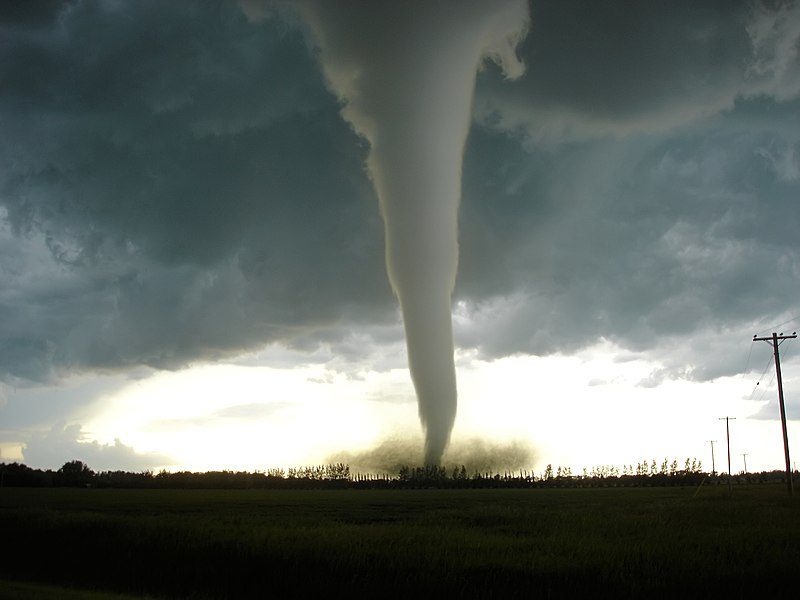Hurricanes and tornadoes are both natural disasters that can be deadly and cause massive destruction, but they differ in various ways. Hurricanes are massive weather systems that can reach over 1,000 miles in diameter, while tornadoes are much smaller and usually last for less than an hour. Hurricanes can last for several days and cause continuous damage, while tornadoes are short-lived but more potent, with winds up to or more than 300 mph. The area of damage from a hurricane is broader, including storm surges up to 20 feet high, while the harm from a tornado is limited to the immediate vicinity of the tornadic activity.
Introduction
Natural disasters are one of the scariest and deadliest threats that we face as humans. Hurricanes and tornadoes are two of the most powerful natural phenomena that can cause massive destruction in seconds, leaving behind unimaginable destruction. Although both natural disasters are known for their high intensity, they differ in various ways.
Size and Strength
Hurricanes, also known as typhoons or cyclones, are massive, low-pressure weather systems that get their power from warm ocean waters. They are much larger than tornadoes, with some hurricanes reaching over 1,000 miles in diameter. They can contain winds that range from 74 mph to over 200 mph, with the category 5 hurricane being the most powerful.
In contrast, tornadoes are smaller and more concentrated than hurricanes. They form from powerful thunderstorms, which cause a rotating column of air to form. Tornadoes are usually less than a mile in diameter and often last for less than an hour. While they are usually not as large as hurricanes, they can produce winds up to or more than 300 mph.
Duration
Another significant difference between hurricanes and tornadoes is their duration. A hurricane can last for several days and can cause continuous damage as it moves across the landmass. The storms often decrease in intensity as they move over land, but they can still cause significant damage.
In contrast, tornadoes are short-lived and can last from a few seconds to an hour. Although their force is much more substantial, they are limited in time, and they are not as destructive as hurricanes.
Area of Damage
Hurricanes are known for their sheer size and are capable of causing massive devastation. They can create storm surges of up to 20 feet high, leading to severe flooding and coastal erosion. Due to their extensive range, hurricanes can also send winds and rains far inland, causing severe damage.
In contrast, the area of damage from a tornado is much smaller. Although the winds created by a tornado can be much stronger than those created by a hurricane, the damage is limited to the immediate vicinity of the tornadic activity. However, the destruction in that area can be significant and devastating.
Conclusion
While hurricanes and tornadoes share many similarities, they differ in various ways. Hurricanes are larger, have a longer lifespan, and can cause widespread destruction through their storm surge and rainfall. Tornadoes are smaller but more potent and often produce more localized damage. However, both natural disasters can be deadly and have caused catastrophic destruction throughout history. Therefore, proper preparation and precautionary measures should be taken before the occurrence of the disasters.
